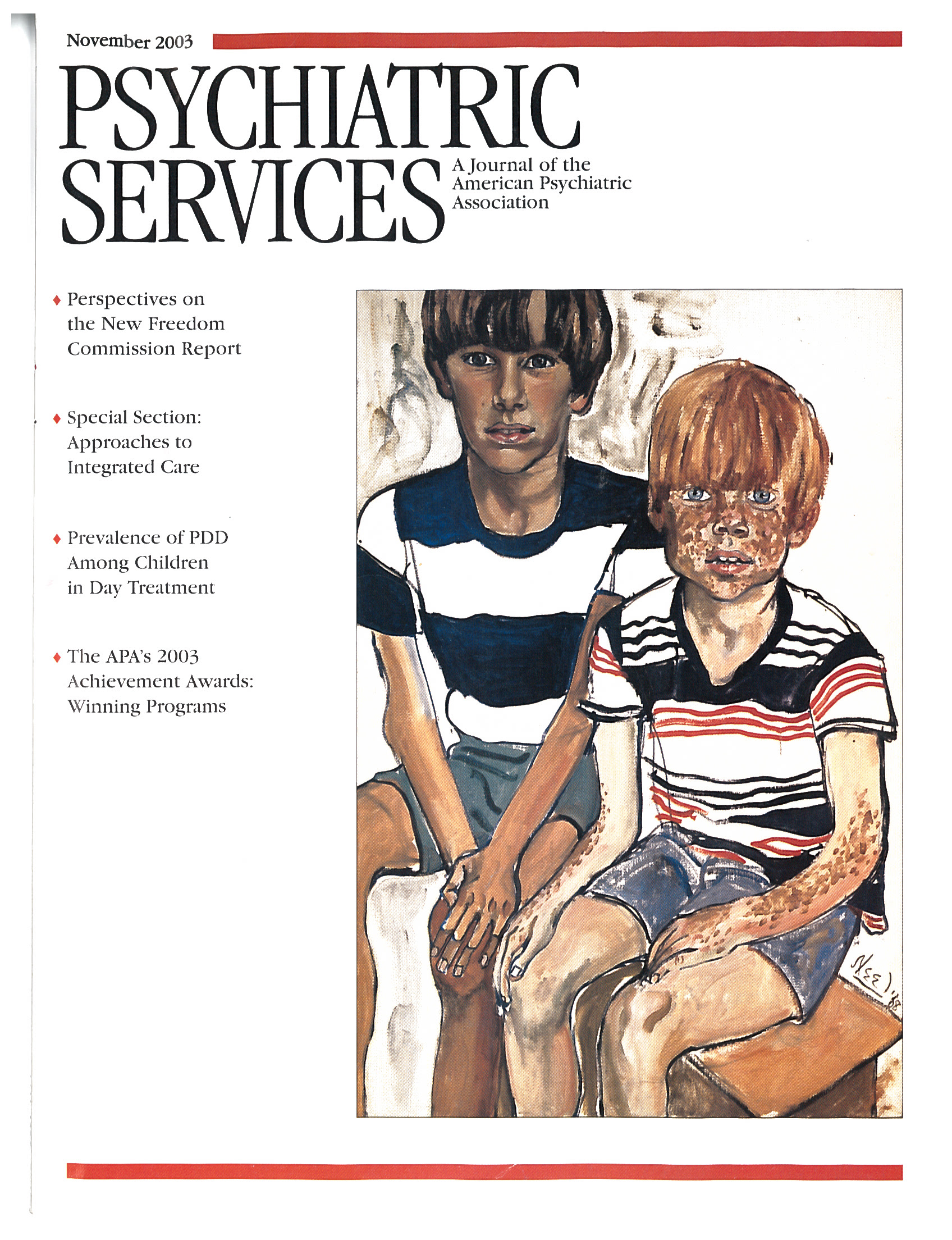For the Living: Coping, Caring, and Communicating With the Terminally Ill
For the Living: Coping, Caring, and Communicating With the Terminally Ill is written from the perspective of a Ph.D. candidate in the field of communication at Rutger's University. A central thesis of the book is the author's belief that death has become a marginalized, taboo topic in our modern, secular culture and that it is most frequently isolated in hospital environments that are far removed from people's daily lives. Thus Golubow contends that the average person has very few opportunities to be present during the dying process or to witness death itself.
To help make better sense of death's impact on our lives and on how we as a society cope with the foreknowledge that death is inevitable, Golubow has interviewed 12 professionals—two social workers, three nurses, and seven physicians—whose daily lives are spent on oncology wards and clinics. The author maintains that "there are few, if any, individuals and occupations that fully view and exercise with such consistent intensity the human condition of passion, pain, and sorrow than oncology doctors, nurses, and social workers treating terminally ill patients."
The 12 interviews are presented initially without analysis, to stand on their own merits. They constitute approximately 75 percent of the body of the text. Golubow then evaluates these interviews from the perspective of "symbolic interactionism," with the belief that this approach will help the reader, whether or not he or she is a professional in the oncology field, gain deeper insight into his or her own understanding and experiences of death and dying. Symbolic interactionism as explicated in For the Living is a theoretical perspective in the field of sociology that posits that individuals' sense of reality and self is socially created through interaction with their world and that who we are, what we feel, and how we see the world is structured as a result of interactive processes between people. The author makes it clear that his readers do not need to adopt this perspective as their own in order to benefit from the book. I did not find the perspective to be particularly helpful or necessary to the appreciation of the interviews.
This is a book with serious flaws. The text is rife with blatant grammatical and spelling errors. An unusual amount of time lapsed between the interviews and the book's 2002 publication date: most of the interviews took place almost ten years previously. The past ten years have seen major changes in the development of more effective oncology interventions and in the acceptance and use of home-based hospice services. The roles of nurses and practitioners have greatly expanded. A severe nursing shortage has emerged. Medical school education has begun to more adequately address communication skills and the development of more well-rounded physicians. These changes have diminished some of the book's central theses and have made some of the interviews appear dated.
That being said, as someone who has spent more than 14 years literally at the bedside of the dying in the role of both clinical social worker and registered nurse, I did find the interviews to be valid and thoughtful reflections of what it is like to live one's professional life helping people make the journey across the sacred space where life becomes death. The core existential issues remain the same and are well captured in the interviews. Being present at the moment of death never becomes routine. There is constant confrontation with the fact of your own mortality and the vulnerability of your biology to potential cellular ravages. Patients are exceptionally open to and desirous of intimate connections with their practitioners: powerful connections happen with patients, and healthy risk taking occurs with professional boundaries. The need for life away from the ward and the clinic to refresh one's own life force is paramount if one is to remain truly present to the dying without psychically withering. Interdisciplinary turf issues are easily exacerbated. The book's merit rests on the truthful voices of these 12 practitioners, who provide a clear window into life on the front lines of terminal illness for any reader interested in a vicarious experience of the same.
Mr. Martin is affiliated with the John C. Corrigan Mental Health Center in Fall River, Massachusetts.



